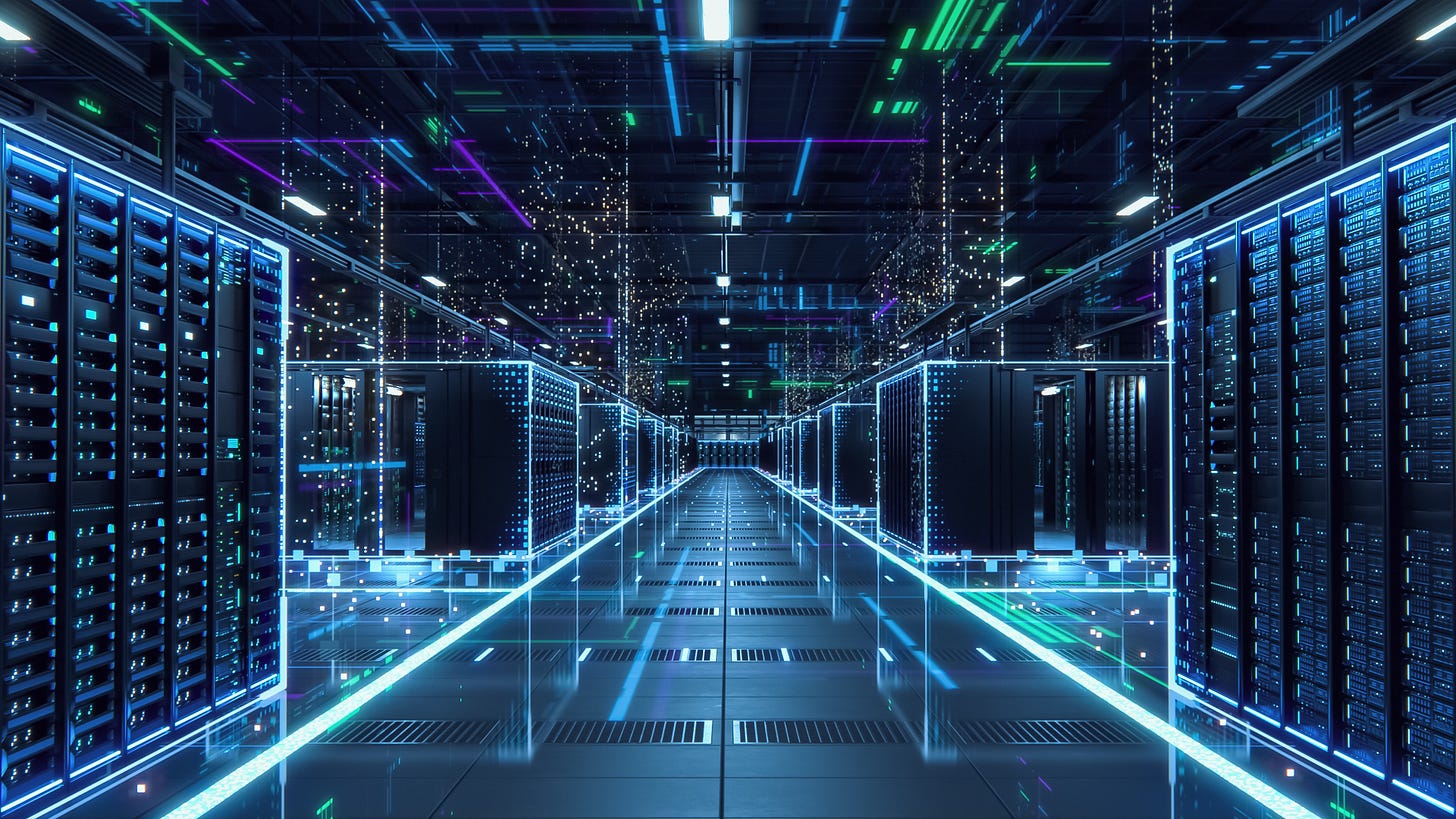Superconductors Are Poised to Solve the Economic Alarm Story of Our Age
Radical breakthroughs are shattering strongly-held beliefs about the pressures of power-hungry AI.
Be sure to read yesterday’s Deep Dive on the Court’s ban on nationwide injunctions. Normally these are for our Premium Members only, but we’ve made this one FREE.
NOTE: For my high school chemistry project, I worked with a top researcher at a nearby university to create my own high-temperature superconductor (“high temperature” meaning 92 Kelvin, which is to say -181°C or -294°F). It was clearly a very “cool” project, and it won the science fair. Hopes then were exceedingly high for a technological revolution based on advancing superconductor science. Perhaps that day has come. — RDM
by Ambrose Evans-Pritchard
July 1, 2025
Humans are ever prone to Malthusian scares. The economic alarm story of our mid-2020s is exponential growth in power demand for AI and data centres, threatening to blow apart the world’s energy system.
This fear has a broad hold on the energy elites, government planners and the global media. Some embrace it with fervor. This year’s CERAWeek energy summit in Houston was a celebration of AI, the godsend that would keep the fossil fuel industry in good health for decades to come.
But that ignores the radical breakthroughs underway in advanced superconductors, which have no electrical resistance and therefore dissipate almost no energy as the current goes round and round in a closed loop.
I suspect that superconductors will be the next NASDAQ darling once markets grasp their colossal (and benign) implications for the world economy.
Right now, exploding power demand for AI does indeed look terrifying. Data centers now consume an incredible 26 percent of total electricity in Virginia, the spillover effect of the U.S. military complex.
They are breaking the grid in Greater Atlanta, where power demand for processing has surged 12-fold just since 2022. Data centers are overwhelming the Austin-Dallas corridor of Texas, ground zero in the global race for AI supremacy.
The International Energy Agency (IEA) estimates that the U.S. economy will consume more electricity for data processing than for steel, cement, aluminum, chemicals and all energy-intensive manufacturing put together by 2030.
The rest of the world lags, but data centers nevertheless soak up 21 percent of Ireland’s power. Britain’s booming hub around Slough, Berkshire — Europe’s largest — needs so much electricity that it is already clashing with Labour’s housebuilding plans and its 2030 clean power target.
National Grid expects commercial power demand for British data centers to rise six-fold over the next decade.
But technology never stands still.





